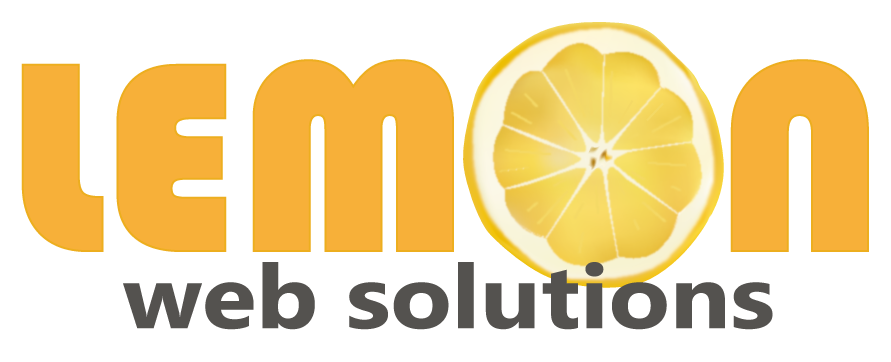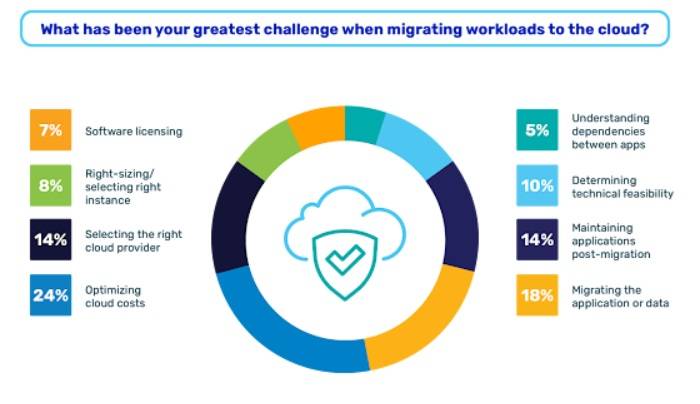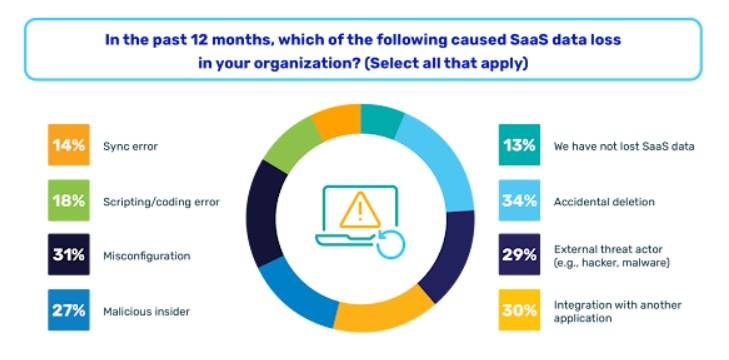The modern workplace has experienced a profound shift in recent years, with hybrid work becoming standard practice and businesses rapidly embracing cloud-based Software-as-a-Service (SaaS) applications to support this new paradigm. Applications like Microsoft 365 and Google Workspace now serve as the cornerstone of business operations, driving seamless collaboration and productivity. However, this growing reliance on SaaS solutions has also attracted an increase in cyberthreats, putting critical business data at risk from attacks like ransomware and phishing.
In response to these challenges, the 2025 State of SaaS Backup and Recovery Report provides a timely and in-depth look at the SaaS data protection landscape. Drawing insights from over 3,700 IT professionals across various industries and company sizes, the report highlights emerging trends, pressing challenges, and innovative solutions that are shaping the future of SaaS data resilience. For organizations navigating this dynamic environment, the findings serve as a crucial guide.
The report reveals striking statistics: 87% of IT professionals experienced SaaS data loss in 2024, with malicious deletions cited as the primary culprit. Despite the expectation that 61% of applications and workloads will run on public cloud platforms by 2026, only 14% of IT leaders are confident in their ability to recover critical SaaS data within minutes of an incident. These findings emphasize the urgent need for organizations to bolster their data resilience strategies.
This blog delves into the report's key findings, exploring how businesses are responding to evolving threats and the strategies IT leaders are employing to stay ahead. From identifying the biggest risks to analyzing emerging approaches, this discussion provides a comprehensive view of the trends shaping SaaS data protection.
The Cloud Revolution: Transforming Modern IT Operations
Hybrid cloud environments are becoming the backbone of IT operations worldwide, with 54% of workloads and applications already hosted in the cloud. This trend is set to continue, with businesses planning to increase this figure to 61% by 2026, highlighting the critical role of cloud solutions in enabling digital transformation and scaling operations effectively.
Why Businesses Are Moving to the Cloud
The rapid adoption of cloud platforms is driven by their ability to boost operational efficiency, improve analytics, and support real-time decision-making. However, organizations remain cautious, balancing the benefits of cloud migration against concerns around data security, sensitivity, and compliance.
Data Moving to the Cloud
Certain types of data dominate migration trends, reflecting organizations' trust in the cloud's capabilities:
Non-sensitive analytics data (39%): Used for strategic insights, this data leads cloud adoption.
IoT and edge data (34%): The inclusion of high-velocity datasets signals confidence in the cloud's ability to handle real-time analytics.
Sales and orders data (34%): Businesses leverage cloud-hosted solutions to optimize sales processes.
Data Staying On-Premises
Despite the cloud's benefits, businesses remain cautious about storing their most sensitive information offsite:
Personally identifiable information (PII) and protected health information (PHI) (42%): Regulatory concerns and breach risks keep this data on-premises.
Corporate financial data (42%): Critical financial records are often retained in local systems.
Sensitive intellectual property (40%): Protecting proprietary assets remains a priority.
Top Public Cloud Use Cases
Organizations are adopting public cloud platforms for practical, business-driven use cases:
Collaboration (39%): Supporting hybrid and remote work environments with scalable cloud solutions.
Disaster recovery (37%): Ensuring rapid data recovery and minimizing downtime risks.
Data warehousing and Database-as-a-Service (32%): Managing large datasets and enabling data-driven operations.
SaaS Adoption Trends in 2024
SaaS applications continue to transform business operations, particularly in enabling collaboration, managing processes, and supporting scalability. Collaboration platforms remain the most widely adopted SaaS tools, underscoring their importance in hybrid and remote work environments.
This blog aims to uncover the insights from the report, shedding light on how businesses can adapt to evolving challenges and prepare for the future of SaaS data protection.
Microsoft 365 Holds the Lead While Google Workspace Gains Traction
Microsoft 365 continues to dominate the SaaS collaboration market, with 53% of survey respondents reporting adoption. However, this marks a decline from its 71% adoption rate in 2022, suggesting a possible shift in preferences or heightened competition within the SaaS sector.
On the other hand, Google Workspace is steadily gaining ground, with its adoption climbing to 35% in 2024, up from 25% in 2022. This growth is particularly notable among small and medium-sized businesses (SMBs), where adoption has reached 38%, compared to 32% among larger enterprises.
Diverging SaaS Preferences Between SMBs and Enterprises
The survey also revealed differing SaaS adoption trends between SMBs and enterprise organizations:
1. SMBs prioritize tools that streamline day-to-day operations and financial management, such as:
Google Workspace: 38% of SMBs versus 32% of enterprises.
Dropbox: 26% of SMBs versus 20% of enterprises.
Intuit QuickBooks: 20% of SMBs versus 17% of enterprises.
2. Enterprises gravitate toward solutions designed to support large-scale operations and customer engagement, including:
Microsoft Dynamics: 32% of enterprises versus 28% of SMBs.
Salesforce: 28% of enterprises versus 22% of SMBs.
HubSpot: 24% of enterprises versus 20% of SMBs.
Key Challenges Hindering Cloud Adoption
Despite the growing popularity of cloud solutions, many organizations encounter significant obstacles when migrating workloads and data to the cloud. These challenges highlight the need for robust strategies and tools to facilitate smoother transitions.
Cloud cost optimization (24%): Controlling expenses during and after migration continues to be the primary challenge for organizations.
Compatibility and performance issues (20%): Ensuring smooth functionality of workloads after migration is another major concern, often leading to delays and disruptions.
Additional challenges include difficulties with selecting the right provider and assessing feasibility (15%), managing post-migration operations (14%), right-sizing cloud resources (8%), navigating licensing complexities (7%), and handling application dependencies (5%).
Unaddressed Gaps in Backup Confidence: Why IT Pros Are Wary
While backup strategies are critical for safeguarding SaaS data, confidence in their effectiveness among IT professionals remains worryingly low.
Adoption of Backup Strategies Across SaaS Platforms
The level of backup strategy implementation varies significantly across popular SaaS platforms:
Microsoft 365: 70% of users have a backup strategy, the highest among all platforms.
Google Workspace: 66% of users report having a backup plan, indicating strong adoption.
Salesforce: Only 53% have implemented a dedicated backup strategy, exposing a major vulnerability.
Low Confidence in Backup Effectiveness
Even with backup strategies in place, only 40% of IT professionals are confident their systems can protect critical data during a crisis. This lack of confidence stems from:
Outdated solutions: Over 28% of respondents admit their backup systems haven't been updated in over five years, leaving them unprepared for modern threats.
Ineffective tools: Nearly 30% of IT professionals feel their current backup and recovery tools are inadequate for their organizational needs.
Limited satisfaction: Fewer than 10% believe their current approach to backup and disaster recovery is fully sufficient without requiring improvements.
Key Challenges in Backup Management
Backup management presents unique challenges across platforms, as highlighted in the survey:
Data recovery issues: Users of Google Workspace (23%) and Salesforce (23%) report the highest difficulties, compared to 20% of Microsoft 365 users.
Alerting and reporting: Google Workspace users (11%) face more challenges with setting up alerts compared to users of Microsoft 365 (8%) and Salesforce (8%).
Compliance maintenance: Salesforce users (24%) struggle the most with maintaining compliance, followed by Google Workspace (23%) and Microsoft 365 (21%).
The Growing Time Commitment of Backup Management
Managing SaaS backups has become increasingly time-consuming for IT teams:
Daily commitment: Over 50% of respondents spend more than two hours per day—equating to over 10 hours weekly—on tasks like monitoring, managing, and troubleshooting backups.
Rising time demands: The percentage of IT professionals spending less than one hour daily on backups has plummeted from 39% in 2022 to 23% in 2024, while those dedicating three or more hours daily have risen from 5% to 14% over the same period.
Securing Backup Infrastructure
Most organizations report having policies in place to secure access to their backups:
Public cloud: 77%
Servers or virtual machines: 76%
SaaS applications: 74%
Endpoints/PCs: 73%
Despite these measures, roughly 25% of organizations lack sufficient policies and controls, leaving gaps in security, especially in hybrid and multicloud environments.
Leading Causes of SaaS Data Loss
SaaS data loss remains a pressing concern, with only 13% of organizations reporting no incidents in the past year. Key causes include:
Malicious deletion: Over 50% of organizations experienced data loss due to malicious deletions, with 29% impacted by external threats and 27% by insider actions.
Accidental deletion: Human error accounted for 34% of data loss incidents.
Misconfigurations: Improper setups or maintenance caused data loss for 30% of organizations.
Integration issues: Conflicts with third-party applications affected 30% of respondents.
Technical errors: Scripting errors (18%) and synchronization problems (14%) also contributed to data loss.
The Race to Recovery: How Quickly Can Organizations Restore Lost SaaS Data?
The speed at which organizations can recover lost SaaS data is critical for minimizing downtime and avoiding costly compliance issues. However, recovery times vary significantly:
14% of organizations can recover data within minutes, ensuring minimal disruption.
Over 40% achieve recovery within hours, meeting most operational and regulatory requirements.
Around 35% need days or weeks, risking extended downtime and potential compliance violations.
Alarmingly, 8% are unsure of their recovery times, and 2% cannot recover lost data at all.
Recovery Trends for SaaS Data Objects
The frequency of recovering specific SaaS data objects varies.
Most frequently recovered: Email (20%) and mail contacts (17%) are restored daily, highlighting their importance for communication and continuity.
Least frequently recovered: Calendar objects (15%) and messaging app data (16%) are less frequently recovered, suggesting lower loss frequency or reduced operational impact.
Key Insights and Recommendations from the 2025 State of SaaS Backup and Recovery Report
The 2025 State of SaaS Backup and Recovery Report provides a detailed view of the shifting SaaS data protection landscape. Cloud adoption continues to grow rapidly, driven by the scalability and efficiency of SaaS platforms. However, this progress is accompanied by significant challenges. From managing data threats to navigating the complexities of backup systems, the report emphasizes the urgent need for organizations to modernize their data protection strategies.
Recommendations for Businesses:
Develop Comprehensive Backup Strategies: Organizations must adopt scalable and robust backup systems tailored to the complexities of hybrid and multicloud environments.
Ensure Rapid Recovery Capabilities: A reliable recovery plan is essential to address threats like accidental deletions, ransomware attacks, and compliance risks.
Invest in Advanced Tools: Leveraging the right tools and practices will strengthen data resilience, reduce downtime, and enable businesses to meet the demands of a cloud-centric future with confidence.








Comments